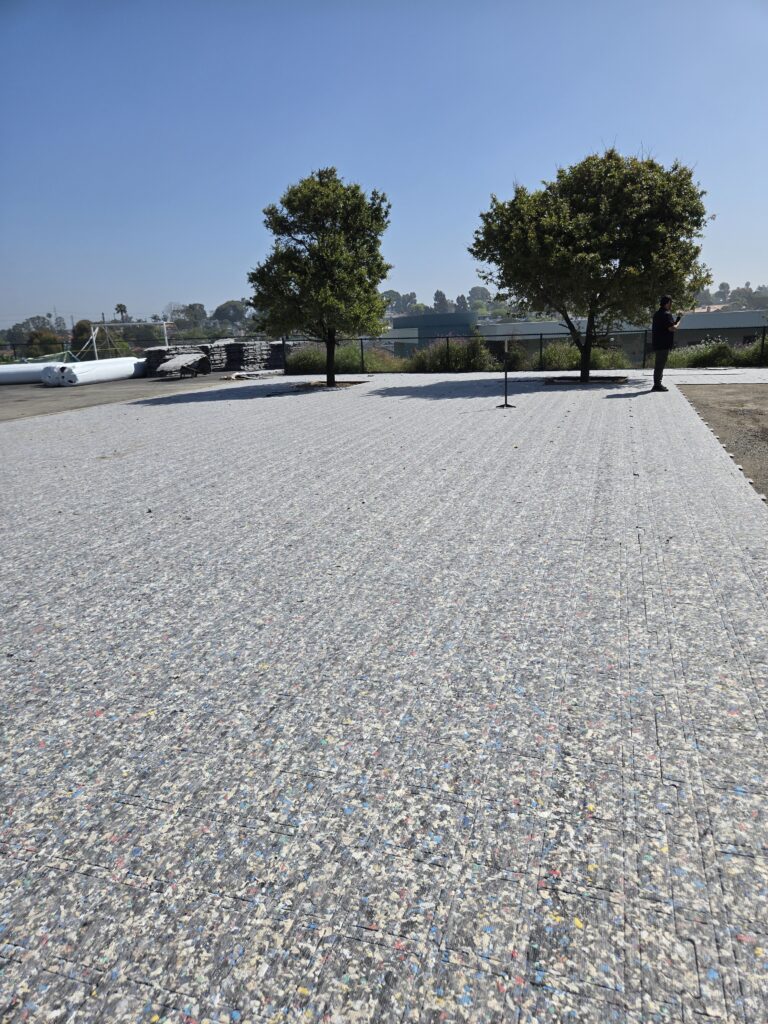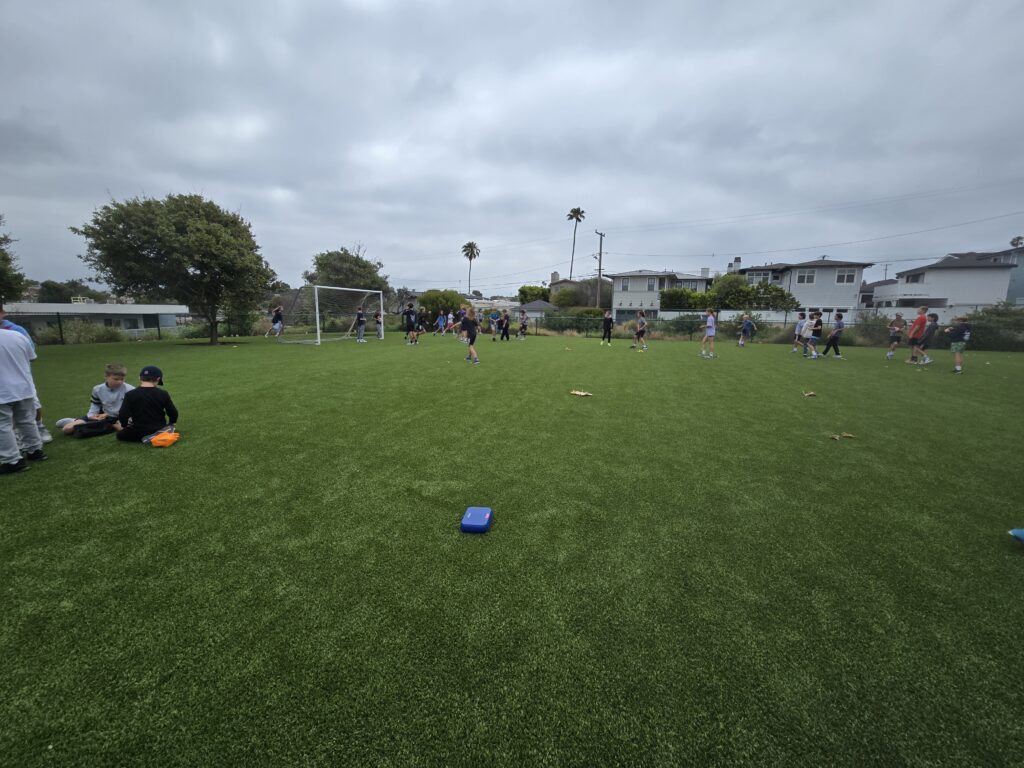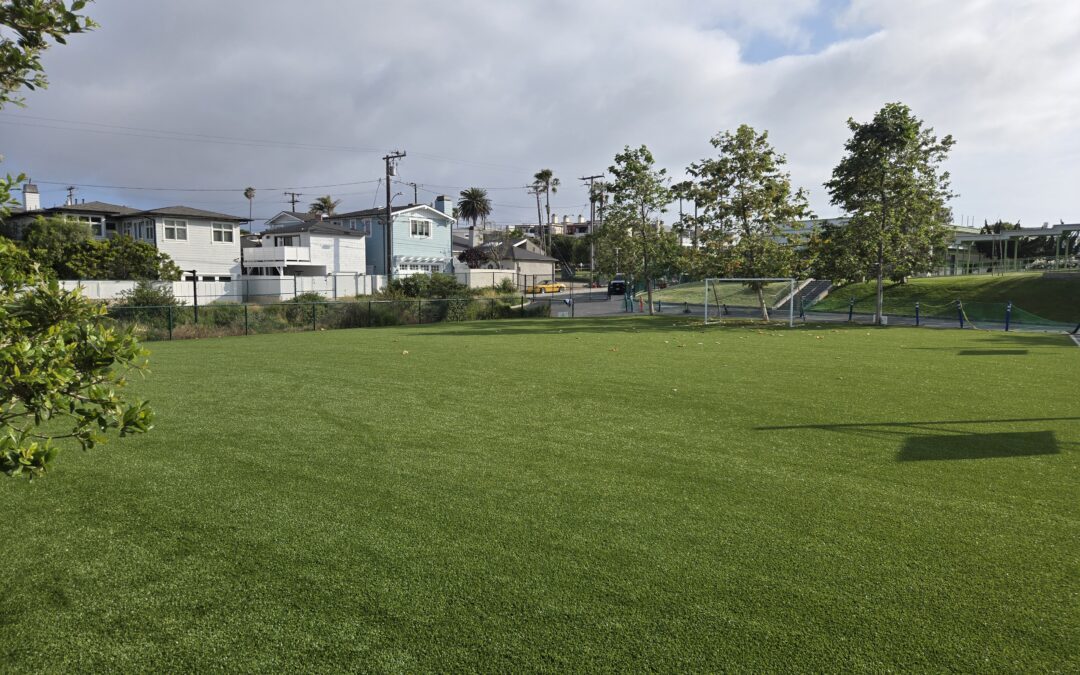When it comes to designing safe and enjoyable play areas for children, the surface beneath their feet plays a huge role. Whether it’s a school playground, a public park, or a backyard field, choosing the right ground covering can make all the difference.
Today’s synthetic grass systems are not only durable and attractive—they’re built with children’s safety in mind. And when installed with proper impact-absorbing padding underneath, these surfaces offer a safer and more comfortable experience for play and sports activities.
What Makes Turf Suitable for Children?
Not all turf products are created equal. Surfaces designed for recreational areas where kids play are specifically engineered to be:
- Soft to the touch, reducing scrapes and skin irritation
- Free from harmful chemicals, including lead and other toxins
- Resilient against wear and tear, even with high foot traffic
- Quick draining, to avoid puddles and reduce downtime after rain
Thanks to advancements in materials and manufacturing, these systems provide a cleaner, safer alternative to grass, mulch, or rubber mats—without the mess or constant upkeep.
The Importance of Padding Beneath the Surface
One of the key safety features in modern play surfaces is the shock pad layer installed under the turf. This foam or rubber underlayment acts like a cushion, absorbing the force of impacts from falls and reducing the risk of serious injuries.
Benefits of Shock-Absorbing Padding:

- Fall Height Protection: Meets national safety standards (ASTM F1292) for critical fall heights beneath playground equipment.
- Joint and Muscle Support: Offers a forgiving surface for running, jumping, and tumbling—ideal for young, developing bodies.
- Enhanced Drainage: Many padding systems are perforated or grooved, helping water flow through quickly to keep surfaces dry and usable.
- Long-Term Durability: Protects the turf system from ground shifts and daily wear, extending the life of the installation.
Why Use Turf for Playgrounds and Sports Fields?
Swapping out natural grass or loose-fill materials like mulch or pea gravel comes with a number of advantages:
1. Consistent Safety
Unlike grass, which can develop ruts and bare patches, synthetic turf provides a stable surface every day of the year. This consistency reduces trip hazards and keeps play areas reliably safe.
2. No Mud, No Mess
Rain or shine, the surface stays clean. There’s no mud being tracked into classrooms or homes, and no muddy puddles to worry about.
3. Minimal Maintenance
Forget mowing, watering, or fertilizing. With occasional brushing and spot cleaning, the surface stays fresh and green without the labor or ongoing costs.
4. Year-Round Use
Synthetic grass systems are designed to handle heat, rain, and heavy traffic. Kids can play more often, with fewer days lost to bad weather or field recovery.
What to Look for in a Turf System for Kids
When designing a play or sports space, consider the following features:
✅ Certified shock pad for impact protection
✅ Non-toxic, allergen-free materials
✅ UV resistance to stay cool and prevent fading
✅ Safe infill like cork or coated sand (avoid crumb rubber for child-focused areas)
✅ Professional installation for proper grading, secure seams, and optimal performance
Grandview Elementary Transformation!

One of our favorite projects was transforming the field at Grandview Elementary School in Manhattan Beach. The old grass was patchy and uneven, making it tough—and sometimes unsafe—for kids to play.
Working closely with the school, we replaced it with high-quality, kid-friendly artificial turf. It’s soft, safe, and built with special padding underneath to help protect against falls. Plus, the smart drainage system means the field stays dry and ready to use, even after rain.
Now, the field is a bright, clean space where students can enjoy recess, PE, and sports every day. Teachers are less stressed, and kids love having a fun, comfortable place to run and play—no mud, no mess, and no hassle!

